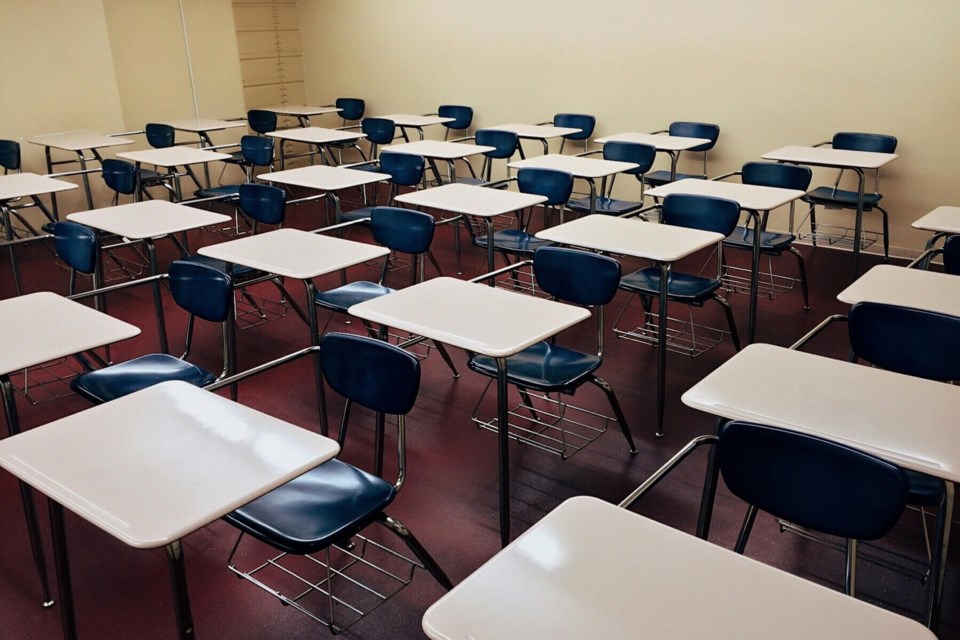REGINA — From natural disasters to unforeseen accidents, emergency preparedness is a crucial element of maintaining a safe school environment.
Canada’s diverse geography means schools can be vulnerable to a range of natural hazards, including severe weather, flooding, wildfires and earthquakes.
This National School Safety Week (Oct. 17-23), the Canada Safety Council urges schools and communities to focus on strengthening emergency preparedness protocols. Ensuring that students and staff are equipped to handle emergencies effectively is a safety measure that must be taken proactively, not reactively.
“We believe that a well-prepared school is a safer school,” said Gareth Jones, President and CEO of the Canada Safety Council. “By taking steps to prepare for emergencies, schools can protect students, staff, and the community from potential harm and ensure that any crisis is managed with calm and efficiency.”
The Issue
In recent years, we have seen . , , and have become more and more prevalent. In fact, report having been personally impacted by severe weather.
With extreme weather crises becoming more common day by day, it is incumbent upon schools to ensure a rigorous emergency preparedness plan that includes protocols for various types of emergencies.
Additionally, schools must prepare for immediate risk situations including threats and violent intruders. While these situations are generally less common in Canada relative to the United States, the need for preparation is highlighted by disturbing recent cases including a and a series of Jewish schools hit by gunfire in and .
The Action
The CSC recommends that schools review and update their emergency preparedness protocols regularly and engage in ongoing training and drills to ensure readiness.
Plans should outline clear procedures for evacuation, lockdowns, shelter-in-place, and communication with parents and first responders, with regular scheduled review and updates to account for new risks or changes in the school environment. Depending on the geographic location of the school, certain hazards may require additional preparedness measures. For example, schools in flood-prone areas should have flood response plans, while those in regions prone to wildfires may need specialized evacuation routes.
To ensure that students and staff know how to respond in an emergency, regular drills are essential. Fire drills, lockdown drills, and evacuation exercises should be conducted multiple times throughout the school year. Practicing these drills helps reduce panic during real emergencies and ensures everyone knows what to do in different scenarios.
Clear and effective communication during an emergency is of critical importance. Schools should set multiple communication channels to quickly share information with parents, guardians, and emergency responders. Ensuring redundant communication systems helps keep all parties on the same page and reduces the spread of misinformation, well-meaning though it may be.
Outside the Classroom
Schools should work closely with local fire departments, police, and emergency medical services to develop tailored response plans for potential emergencies. These partnerships are important in ensuring a coordinated response in the event of a crisis. Engaging local first responders in school safety drills can also help improve overall preparedness and response times.
Emergency preparedness in schools is not just about plans and drills – it’s about creating a culture of readiness where everyone, from students to teachers to administrators, is aware of the risks and knows how to respond.


